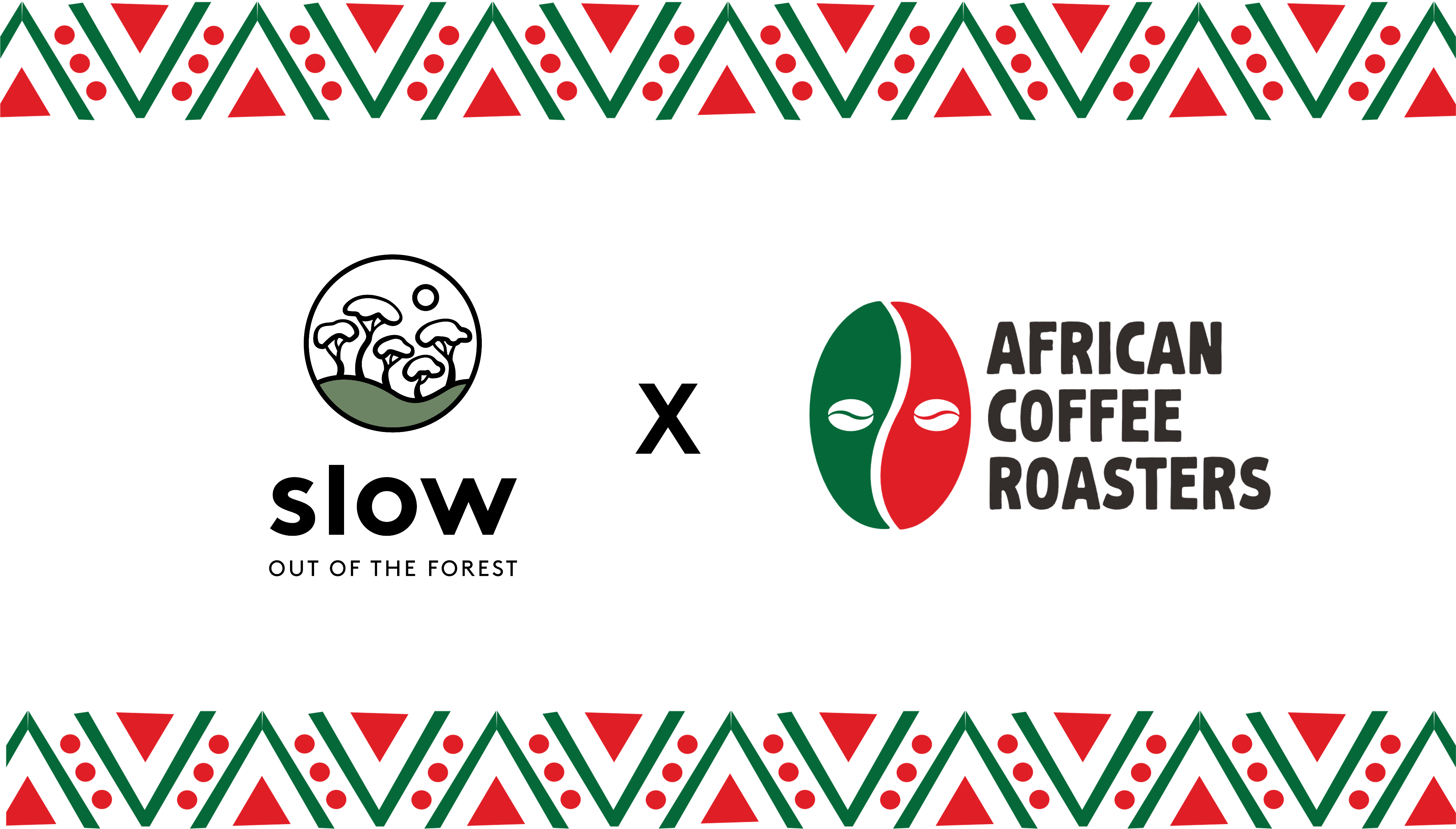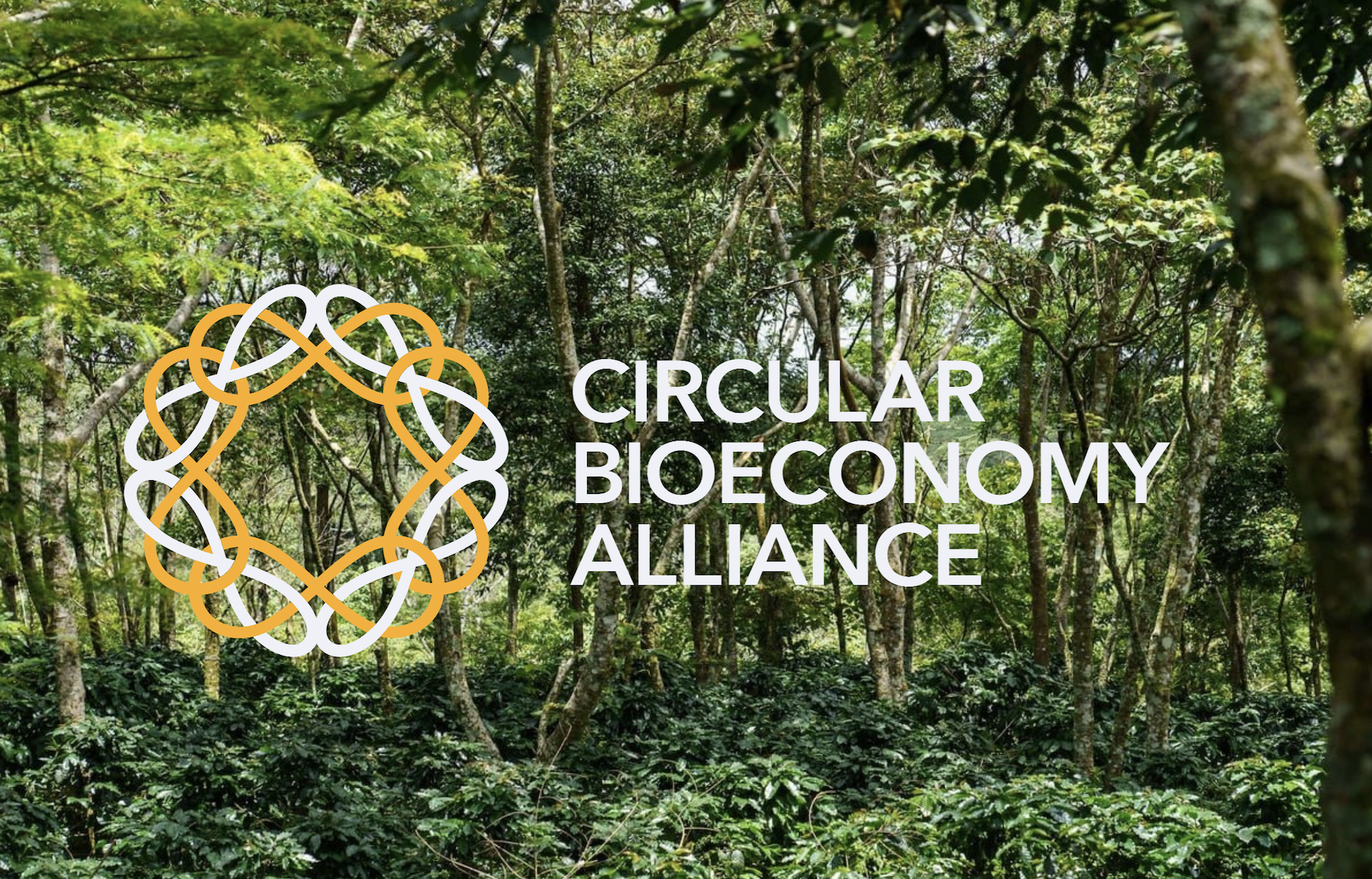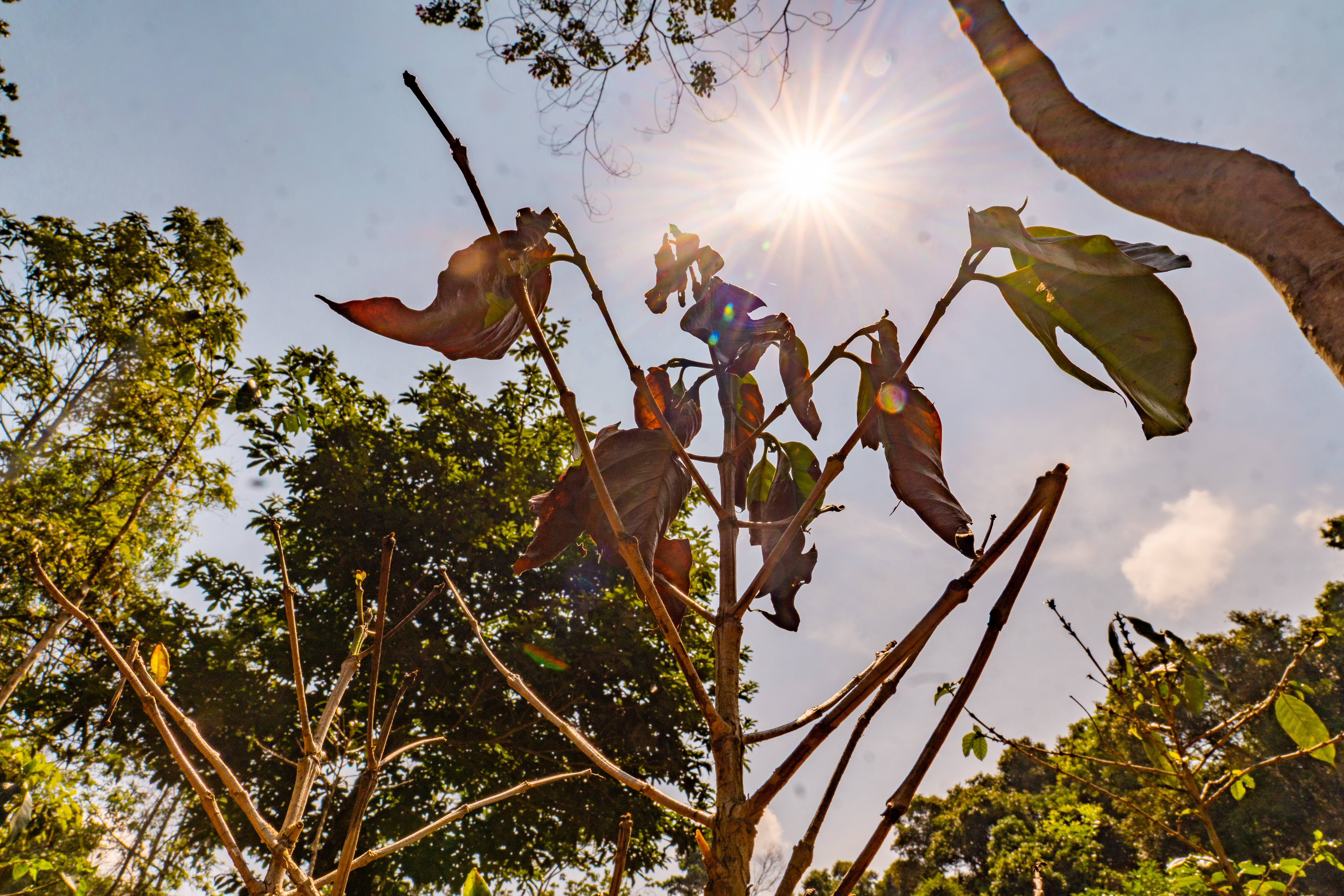Slow acquires African Coffee Roasters – A New Era for Sustainable Coffee
Big news from Slow. African Coffee Roasters is now part of the Slow family. And this isn’t just an acquisition—it’s a major step forward in how...

Can you identify these feathered guests spotted by our nature camera? © Slow/Saosavanth Ketmala
Sipping billions of cups a day, most coffee-loving people are likely unaware how their brew impacts the population of tropical birds in some of the world’s most critical biodiversity hotspots.
Nearly 100 bird species face extinction due to current farming and forestry practices, a study published in Nature Ecology and Evolution warns. The authors estimate that around 140 bird species have vanished in the last 400 years. This highlights the potential impact of international trade on animal populations far from the countries where goods are consumed.
Another study adds to the evidence that tropical agriculture can significantly impact species loss. Researchers found that even a small increase in tree cover on coffee farms could benefit bird populations.

Discover the birds that visit our farm and learn their names. © Slow/Saosavanth Ketmala
For generations, intensive farming practices have relied heavily on chemicals to maximize yields. But this approach has come at a cost. Pollinators, vital for 87% of the world's leading food crops, are declining. The very foundation of our food system is crumbling.
Just like us, birds need places to live. They rely on specific habitats within forests and ecosystems to survive. When those habitat is removed, their populations start to crash.
Slow farms in Laos and Vietnam use a method called regenerative agroforestry. Think of it like mimicking a natural forest, with coffee plants nestled amongst a variety of trees. While the long-term impact on bird populations needs further study, it’s a promising step.
The good news? The birds themselves can tell us a lot about the health of our coffee farms. Commonly spotted birds in our coffee farm in Laos are:
| Greater coucal (Centropus sinensis) | Chestnut-tailed sterling (Sturnia malabarica) | Asian green bee-eater lapwing (Merops orientalis) |
| Spotted dove (Streptopelia chinensis) | Common hill myna (Gracula religiosa) | Jungle fowl (Gallus gallus) |
| Common myna (Acridotheres tristis) | Black drongo (Dicrurus) | Red-wattled (Vanellus indicus) |
| Rock pigeon (Columba livia) | Green pigeon (Columba curvirostra) | Oriental magpie (Copsychus saularis) |
| Black kite (Milvus migrans) | Common kingfisher (Alcedo atthis) | Red-wiskered bulbul (Pycnonotus jocosus) |
| Daurian redstart (Phoenicurus auroreus) | Rose-ringed parakeet (Psittacula krameri) | Large-billed crow (Corvus macrorhynchos) |
| Barn swallow (Hirundo rustica) | Barn owl (Tyto alba) | Eurasian tree sparrow (Passer montanus) |
-1.jpg?width=1200&height=800&name=arrived%20farm%20in%20the%20morning%20look%20at%20the%20bird%20at%20sampling%20plot%20(31)-1.jpg)
Bird expert identifying the birds of our Laos coffee farm. © Slow/Saosavanth Ketmala
The more diverse the birdlife, the better. The piercing cry of the black kite signals a balanced food web with plenty of prey. Sightings of kingfisher with its flash of blue as it dives for fish indicate clean waterways. And the graceful dance of the barn swallow points to a healthy insect population, nature's own pest control team.
We believe that changing how we produce coffee is essential to protect birds and other wildlife impacted by our choices. We’re committed to reversing biodiversity loss, and you can be part of the solution.
Want to join Slow in flipping the script on coffee farming? Contact us.

Big news from Slow. African Coffee Roasters is now part of the Slow family. And this isn’t just an acquisition—it’s a major step forward in how...

A few years ago, coffee and chocolate were just products. But at Slow, we’re changing the story. We’re not just selling beans and cocoa, we’re...

For years, coffee prices moved with supply, demand, and speculation. That equation has changed.